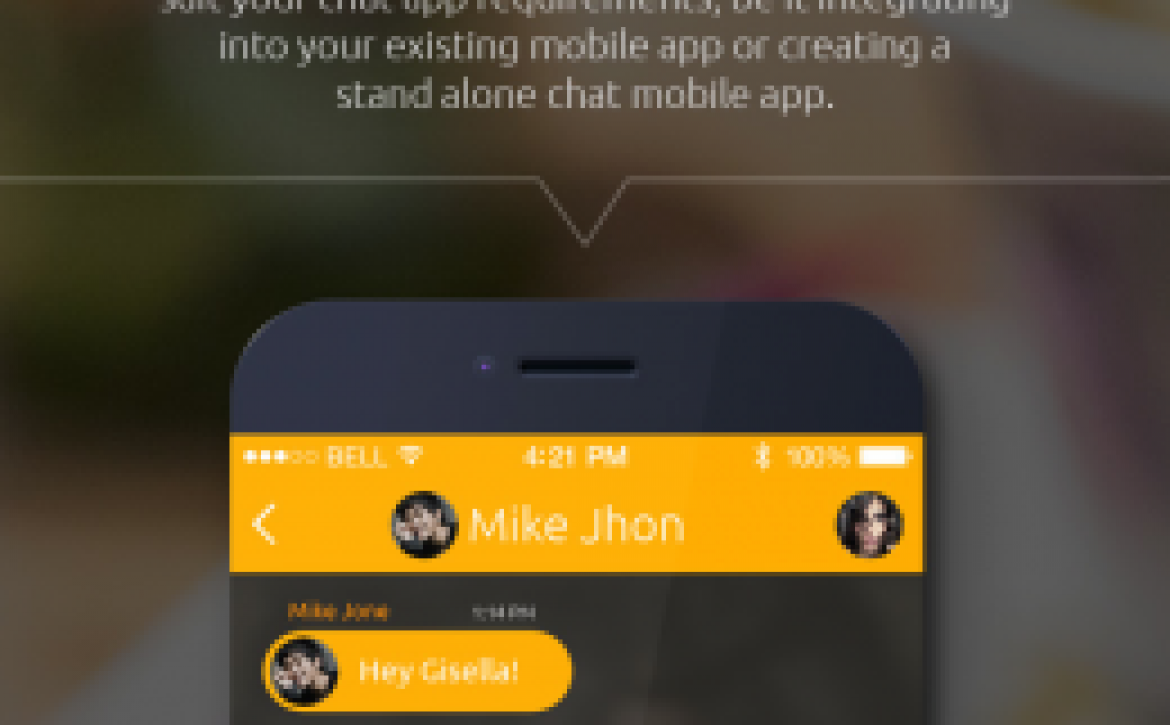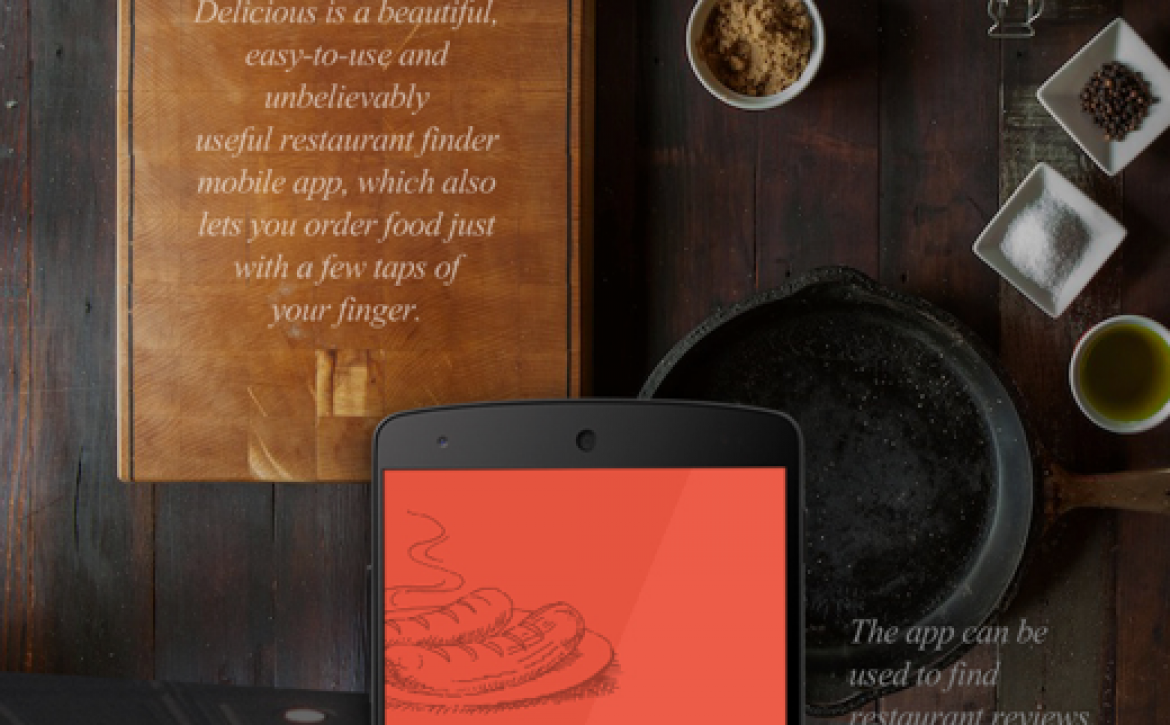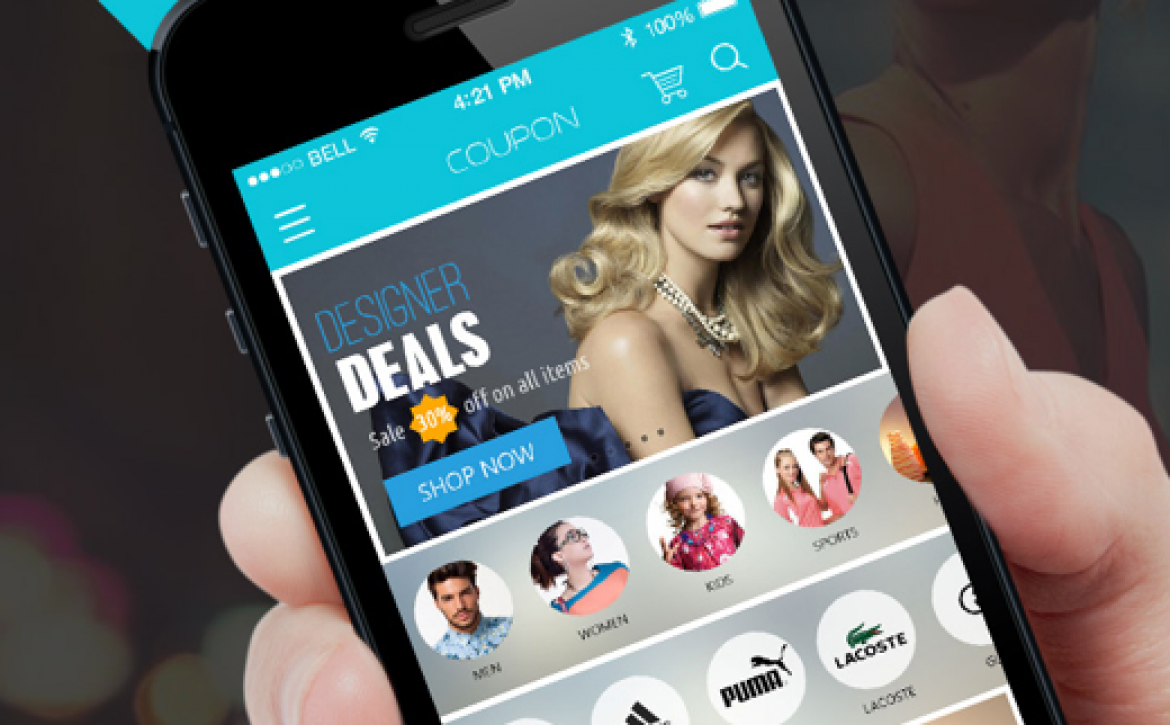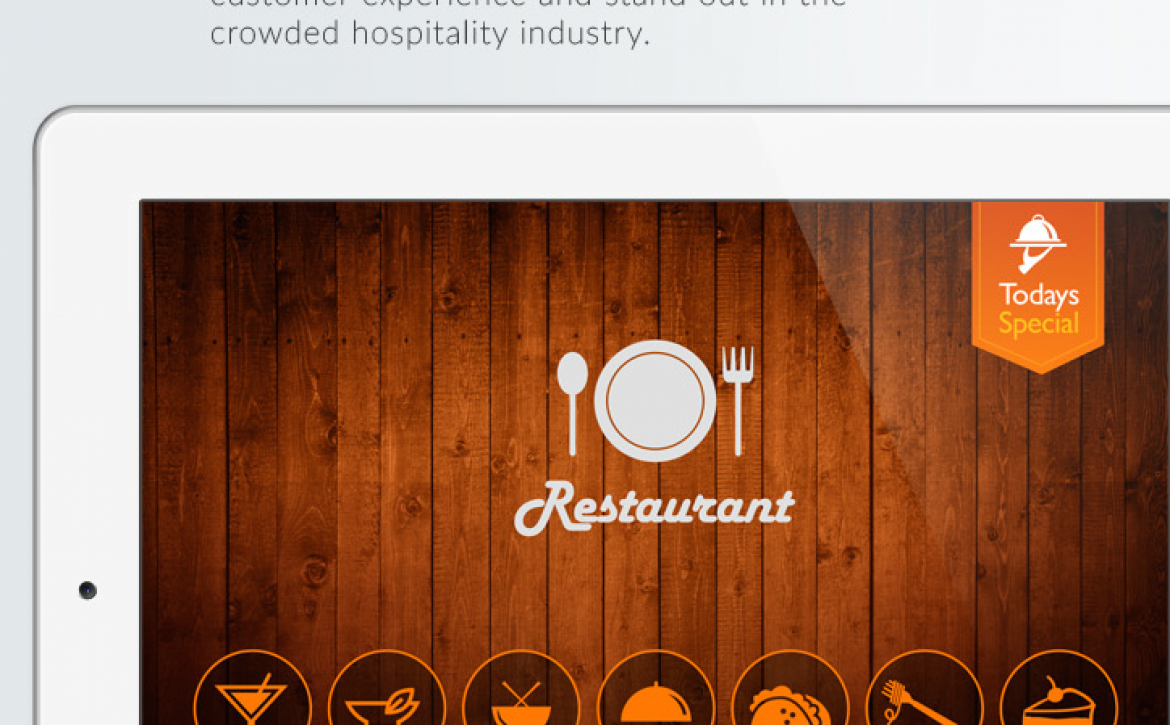You must have encountered multiple instances of swiping your card at a store to conclude your purchase. Now imagine this scenario in an online world. What changes here is that payment gateway replaces the credit card transaction setup. While the end user sees a seamless movement from shopping cart to the bank and back to the shopping site, what actually happens is, a series of complex actions that allow this seamless transition and successful payment made. This is enabled by payment gateways that bridge the gap between the customer, the merchant and the financial institution/ bank. All this while it also keeps a tab on the security of the extremely confidential credit card/ net banking information that passes through different channels.

With our experience in designing highly functional e-commerce solutions, today we present a few types of payment gateways and its workflow.
1. Hosted payment gateways – this takes the customer out of merchant site to payment service provider (PSP) site. Once the payment is done, the customer will be re-directed to the merchant site.
Pros –
a. Card and financial details are kept secure at PSP end
b. Merchant simply worries about core operations and leaves all security and integrity responsibilities to the PSP
c. Merchant logo and design can be added on PSP site for providing confidence to customer
Cons – An end-to-end experience is missing as the customer has to leave merchant site during the checkout.
Example sites – Paypal Standard, Setcom, Payza
2. Self-hosted payment gateways – Here the customer has to provide details on merchant site itself. The site then routes the data to PSP for further processing.
Pros – Total customization of the look and feel of the page for consistent user experience.
Cons – It is the merchant’s responsibility to maintain the security and confidentiality of the customer details. He will also need to maintain the PCI DSS protocols.
Example sites – Authorize.net ARP, Paypal Pro payment
3. API based non-hosted gateways – In this one, the merchant has full control over the payment process. Right from cart checkout, card authentication, payment details and payment confirmation, everything is carried out on merchant site itself
Pros –
a. The merchant has full control over the checkout process and this gives his customers more confidence to shop with complete peace of mind.
b. By using an API, the merchant can expand the coverage of the payment gateway to other devices such as smartphones and tablets
Cons – The merchant is solely responsible for the security of the transaction. He may have to invest in additional SSL certificates for enhanced security.
Example sites – Braintree, Authorize.net CIM, Stripe
4. Platform based payment gateway – This type of gateway provides a medium to sell goods online directly from their own server. When customer surfs online for a product it is done on the merchant site, but when it the transaction reaches checkout stage, it is re-directed to the payment gateway site.
Pros – Customer can view local language and currency, which in turn, improves overall customer experience
Cons – Offers limited customizability as it is a totally separate platform from the merchant site
Write in to us and leave us a word on which payment gateway do you employ in your e-commerce website.























